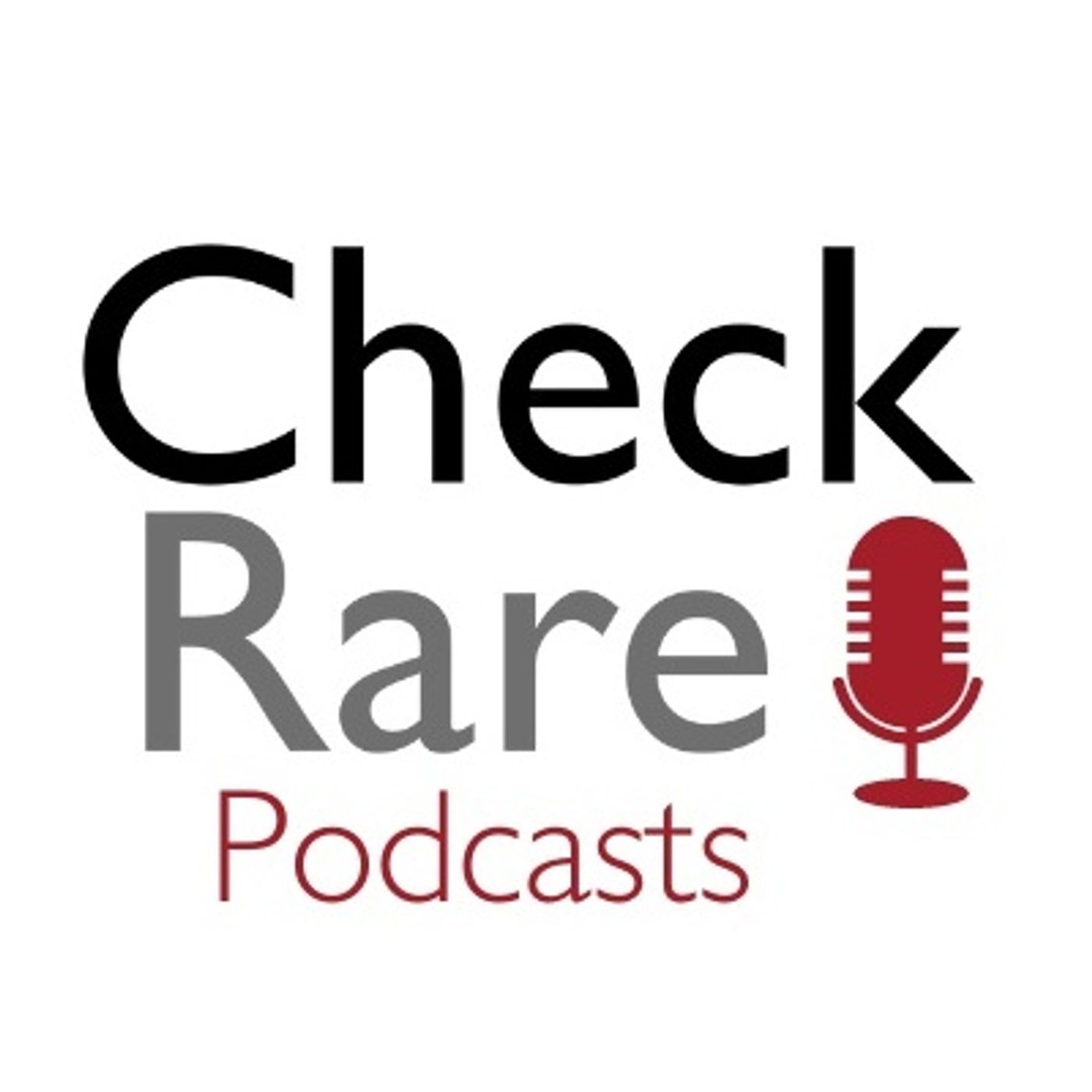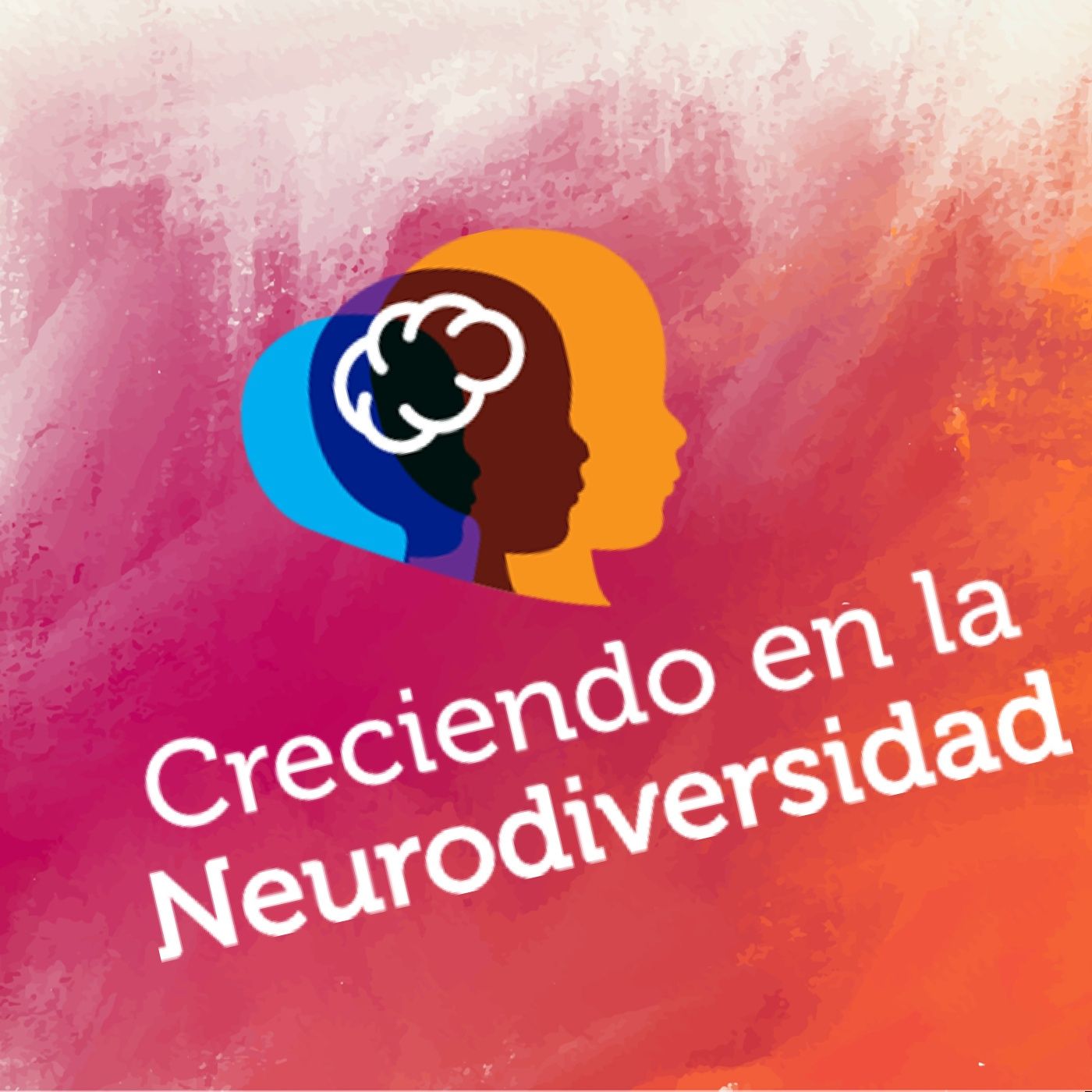 |
Rare Disease DiscussionsAuthor: Peter Ciszewski, CheckRare
News and clinical perspective including CME programs focused on rare diseases. CheckRare focuses on rare and neglected diseases. Language: en Genres: Health & Fitness, Medicine Contact email: Get it Feed URL: Get it iTunes ID: Get it |
Listen Now...
Chapter 8: Gene Therapy Discussion and Q&A
Monday, 22 December, 2025
Alan Beggs, PhDDirector of the Manton Center for Orphan Disease ResearchSir Edwin and Lady Manton Professor of Pediatrics, Boston Children's HospitalHarvard Medical School, Boston, MA, USA Julie A. Parsons, MDHaberfield Endowed Chair in Pediatric Neuromuscular DisordersProfessor of Clinical Pediatrics and NeurologyUniversity of Colorado School of Medicine, Children's Hospital ColoradoAurora, CO, USAThe ASPIRO Clinical Trial is on clinical hold since September 2021. In this part, Doctors Beggs and Parsons will discuss key issues on gene therapy development.Question: Is there a standardized immunomodulation regimen being considered for gene therapy?Julie A. Parsons, MDAs I mentioned, right now, I think there are a number of different concepts that are being utilized. We don't really have a recommended standard regimen at this point. There are a number of different trials that are ongoing looking at trying to answer this question. In some of the clinical trials, there is an immune modulating regimen that is being put in place but being looked at. There isn't anything that we have as a standard at this moment for all gene transfer therapies, but I'm hopeful that we will come up with something that really makes sense in each patient population as we go forward with specific gene transfer therapies.Question: What are the long-term implications, safety and efficacy of a one-time gene therapy in pediatric patients with neuromuscular diseases?Alan Beggs, PhDOne question is the efficacy. For example, Donovan Decker's story, he had an experimental treatment of one muscle. It was a phase one safety trial, and he knew that nothing was going to come of it in terms of direct benefit to him. As a result, though, 25, 30 years later, he still has a tighter against AAV vectors. He's not a candidate for gene therapy under current protocols, although there's a lot of work going on to redosing. But for now, it's a one-time treatment. What you get is what you get, and there's not a chance to go back and do it again.The other question is durability. We really don't know about the long-term durability for these treatments. I should say that, for example, in the studies that we did, David Mack, who's here in the audience, managed a dog colony for a dog model of excellent tubular myopathy. Those animals lived 10 years in a... We never used the C-word, but they were cured. They were healthy, happy, normal dogs who would have had to be put down at 6 months of age otherwise. And then, as we heard, I'll let you talk about the concern for unanticipated SAEs as time goes on, but I think there's other aspects we need to think about.Julie A. Parsons, MDYeah. I think that this is really the key question that all of us are going to need to help answer over the next several years. Efficacy, we're looking at outcomes, and outcomes come in a variety of flavors. I think we do a decent job with motor outcomes. We don't do a decent job with some other outcomes. I think we need to look more broadly in terms of what we mean in terms of beneficial outcomes and really take some of those cues from the patients themselves about if these are efficacious treatments, because, again, the risk is high as we deliver these agents, and we need to know that it's worth it to the patients and families.In terms of safety, we're working on it. There are all sorts of things that are coming forward as issues with these patients. I think that collectively as a community, that our responsibility is to follow patients for the long term. There are lots of registries and outcome studies. We're not very good as a community about reporting adverse events to central groups. We're not great about broadcasting that to each other in real-time. I think those are things that we really need to work on as a community in terms of helping with the safety issues so that we all have a communal better understanding of what some of those issues are.












